Review
This could be the most important new fleet car of this decade. The Hyundai Kona Electric has received much praise since it was launched last year, mainly for its 280-mile range and sub-£40,000 list price.
For many fleet drivers, the barrier to EV adoption has been around range anxiety. Sure, longer range EVs exist, but they are expensive. A Tesla Model S costs from £72,000 and the new Jaguar I-Pace starts at £60,000.
The Kona Electric is the first long-range EV that is the exception to this rule.
With prices from £32,500 (including grant), the Kona 64kWh could be a feasible alternative to a Nissan Qashqai or Ford Mondeo.
Its range of 280 miles means a driver can confidently travel more than 100 miles from their home or office, safe in the knowledge that they’ll have enough juice to get back to base – that’s the equivalent of around 50,000 miles per year if they make the same trip every day.
For the higher mileage driver, there is no shortage of luxuries. The Premium SE (£3,000 extra) comes packed with features including; ventilated and heated front seats, heated steering wheel, leather upholstery, head-up display, keyless entry and adaptive cruise control with lane keeping assist.
The electric motor develops 204PS and provides rapid acceleration. Zero to 62mph takes just 7.6 seconds and mid-range pull is even more impressive.
Cabin space is generous, offering enough room for a typical family. The boot offers 334-litres of space, which is the same as a petrol or diesel Kona.
To give the car a proper test we set off on a typical business journey: Peterborough to Birmingham. Eco mode was activated in order to preserve charge, as we knew that charging at the destination was likely to be tricky and had no idea how accurate the Kona’s range estimation was.
The car seemed confident that it could manage 270 miles with a full battery, so off we went. Some super-efficient driving meant the Kona covered the first 40 miles and the trip computer still promised 240.
We continued to the destination and were pleased to see the car still had 205 miles remaining.
On the return journey, we drove the car in a more realistic manner. The air conditioning was on, we switched the drive mode to normal and made more use of the Kona’s power reserves. It got back with 100 miles to spare.
At motorway speeds the Kona feels less refined than an equivalent diesel car of the same price. Even with all the extras, there is no escaping the fact that if you strip away the drivetrain it is effectively a £16,000 car.
This may pale into insignificance when the driver realises that from April 2020 the benefit-in-kind tax on a Kona 64kWh will be just £290 per year. Yes, that’s right. A 40% taxpayer will pay less for Kona annually than the monthly tax on a diesel Vauxhall Insignia, at current rates.
So, the Kona is cheap, good to drive, spacious and provides a useable range. What’s the catch? Well, simply put, Hyundai can’t sell you one. The total allocation for the year is already sold out and back-orders are piling up quickly for 2020.
Until battery production can keep up with demand, for many, the Kona Electric is nothing but a pipe dream.
Matt has been an automotive journalist for nine years and has driven just about every new car and van that's on sale. As content editor - vehicles he is responsible for the automotive content on Fleet News and also contributes to Automotive Management. Prior to this, Matt worked in the automotive industry for 10 years.


Specs
| Manufacturer | Hyundai |
| Model | KONA |
| Specification | KONA SUV 0.0Electric 64kWh 204 Premium SE Auto 19MY |
| Model Year | 0.00 |
| Annual VED (Road tax) | £0 |
| BIK List Price | £38,590 |
| CO2 | N/A |
| BIK Percentage | 16% |
| Insurance Group | N/A |
| CC | N/A |
| Fuel Type | Electric |
| Vehicle Type | SUV and Crossover |
| Luggage capacity (Seats up) | 5litres |
Running Costs
| P11D | £38,590 |
| Insurance group | N/A |
| Fuel Type | Electric |
| Cost per mile | 0.00ppm |
| Fuel | 0.00ppm |
| Depreciation | 102.33ppm |
| Service maintenance and repair | 1.50ppm |
Rivals
Info at a glance
-
P11D Price
£38,590
-
MPG
N/A -
CO2 Emissions
N/A -
BIK %
16% -
Running cost
3 Year 60k : N/A 4 Year 80k : N/A -
Fuel Type
Electric


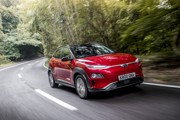
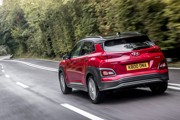


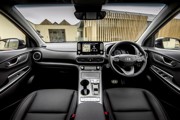

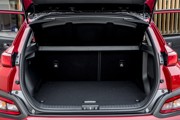

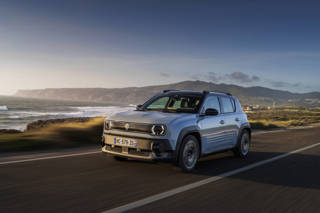
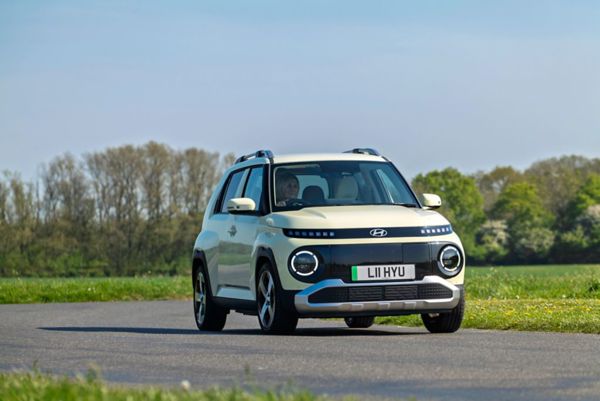


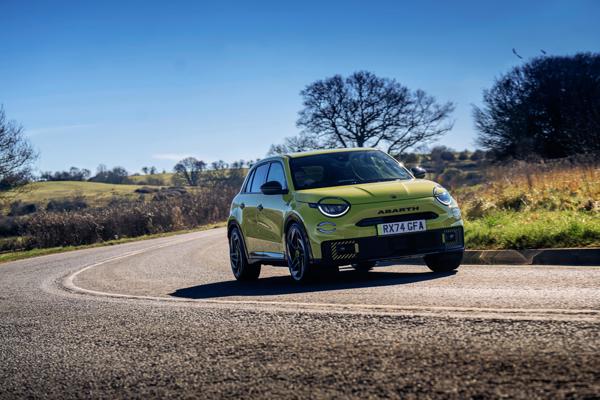

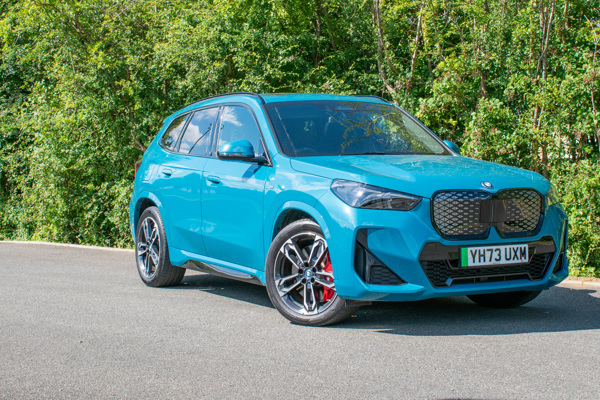

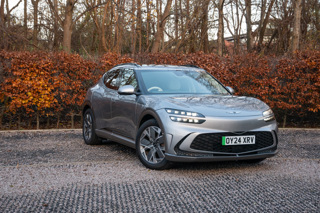


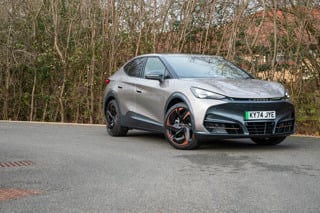











Login to comment
Comments
No comments have been made yet.